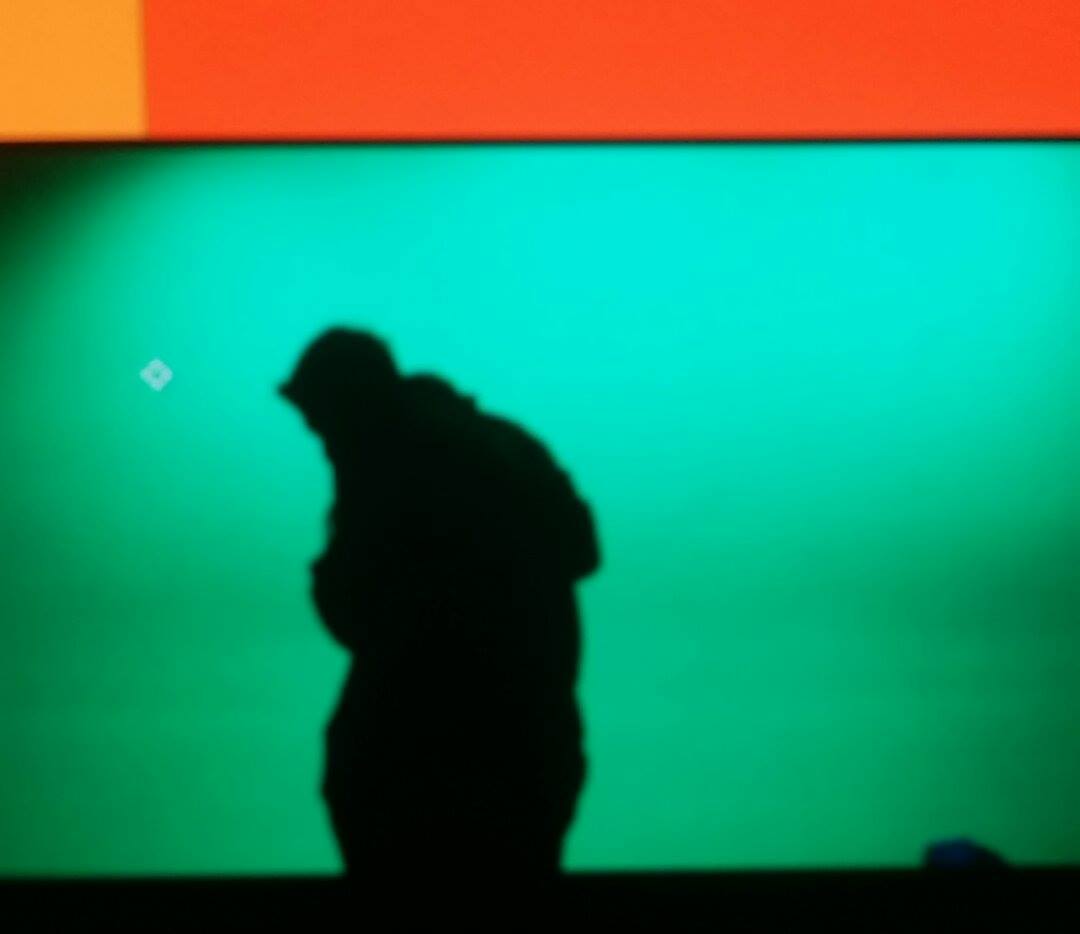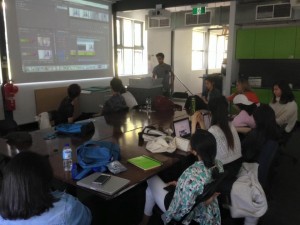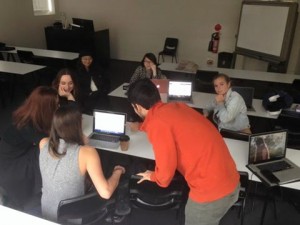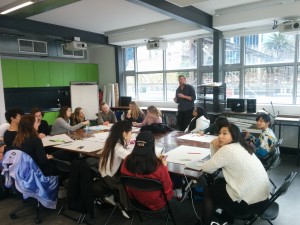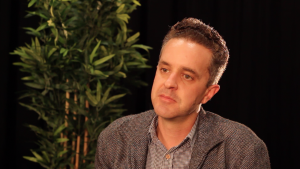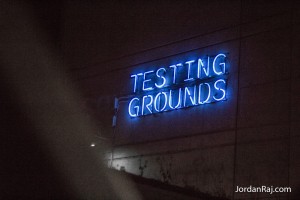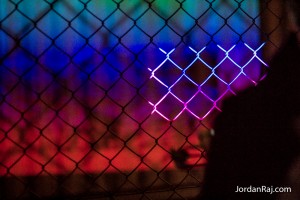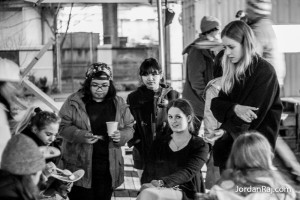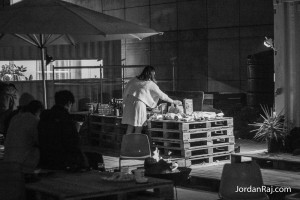The idea behind project brief three was to expand on our exploration of the Testing Ground site. This was achieved by allowing us to engage with artists that had at some point or another utilized the space for various projects. My group was assigned to the artist Marcus Cook of Shotgun Services, who specialises in sensor based art. Marcus works across the road from testing grounds and was able to watch it being developed, he explained that this sparked his interest in the space and eventually led to him using it. After interviewing him and discussing his project we then went ahead to create a short video documentary about his work. Our group consisted of three members and was essentially a collaborative process, the efficiency of which would determine the project’s success. Overall I believe the project was successful as it greatly developed our own personal creative processes. Firstly, before evaluating our group efforts I would like to go into a bit of depth about Marcus Project. What he did was set up an array of sensors, scattered throughout the Testing Ground space, which depending on the movements and sounds of the spectators would manipulate an algorithm which controlled video feedback, the video was then projected onto a large wall. When we interviewed Marcus one of the first things he mentioned was that the reliance on an audience interacting with the piece meant that as an artist he needed to be detached from his own expectations. Often the spectators would interact with ‘the machine’ in ways that he had not planned for or expected, this unpredictable factor coupled with the interesting layout of Testing Grounds meant that he was constantly learning. He would modify the machine occasionally to interact most efficiently with the predicted behaviour of the audience. This is something which I would assume occurs in all forms of interactive art, thus I did some research into the field. Sure enough Ryszard W Kluzszynski, PhD head of The Department of Media and AudioVisual Culture at Lodz University in a paper titled “Strategies of Interactive Art” states that: “Regardless of what shape the final product of an artist’s activity takes on, an interactive piece of art finds its real, final formation only as a result of participative behavior of the audience. Kluzsynski goes onto explain that an interactive art installation should be designed free from “…space arrangements, or esthetic and semantic parameters of dispositives or apparatuses created or used by artists.” This idea of flexibility and the willingness to adapt is one that I believe is essential to every artistic endeavor and has clearly been a part of my group’s own creative process. Marcus Cook is an artist that does not have much information about his projects online, this meant that prior to actually meeting him our understanding of his work was quite vague. As a result of this we were unable to storyboard or plan any form of documentary, therefore we just needed to interview him and hope for the best. When the day to interview arrived we booked the RMIT TV studio for use of their lighting equipment, however, at the last minute it turned out that they were double booked. Fortunately for us the RMITV Crew who were using the space helped us find a new location in the school of Media Coms. radio theatre and provided us with a lighting kit. Neither Marissa or I, who were present at the interview had previous experience with redheads; meaning we had to learn on the job, which luckily for us did not prove difficult. We succeeded in setting up lights and before we knew it Marcus Cook had arrived and was being interviewed. He is a pleasant man and there was no issues communicating to him what we needed, we simply explained to him that the focus of the project was his use of Testing Grounds, we then pressed record on the equipment and started talking. The interview questions themselves had to be improvised, as much like Marcus’ Machine they needed to constantly adapt to suit the feedback we were receiving. Throughout this back-and-forth process we got a good idea of Marcus work and were able to explore areas in varying levels of depth depending on where his answers would draw focus. Thus the gathering of data ended up being a very organic process, only confirming the need of having a flexible vision. Due to technical difficulties with our software, I personally have not yet seen the final result of the project. However, this is in itself still proving the point, Siobhan would have when she did the final edit of the material, decided on the end vision of the piece. Since she was not present at the interview, this vision will be based on her objective perspective of the interview content. This could mean that the final video is taken in a direction totally independant of what either Marissa or I had mentally started to construct as Marcus spoke. In conclusion, the project has taught us a great deal about the creative process, and the importance of flexibility. Whether or not the flexibility led to a better final final product will have to be determined upon screening of the video.
References:
Kluszczynski, R. (2010). Strategies of interactive art. Journal of AESTHETICS &
CULTURE, 2(0).
Cook, M. (2015). Shogun Lodge Services. [online] Facebook.com. Available at:
https://www.facebook.com/shogunlodge [Accessed 20 Aug. 2015].
